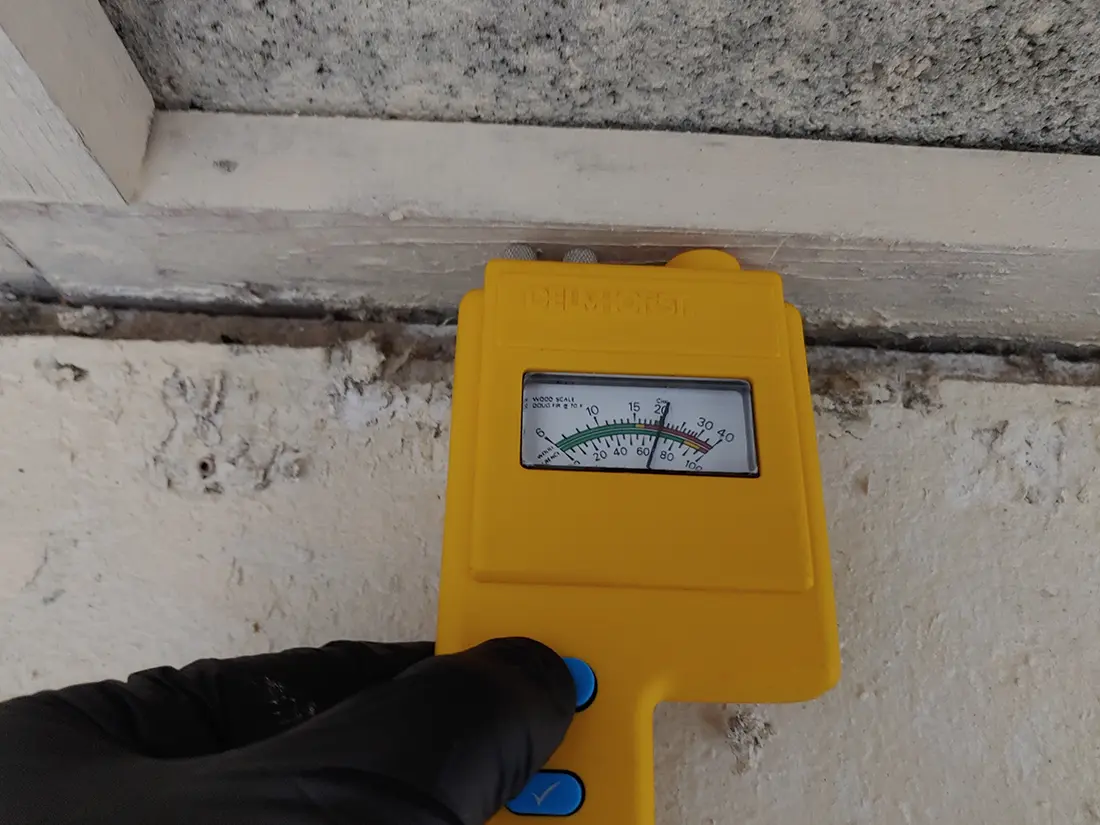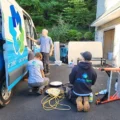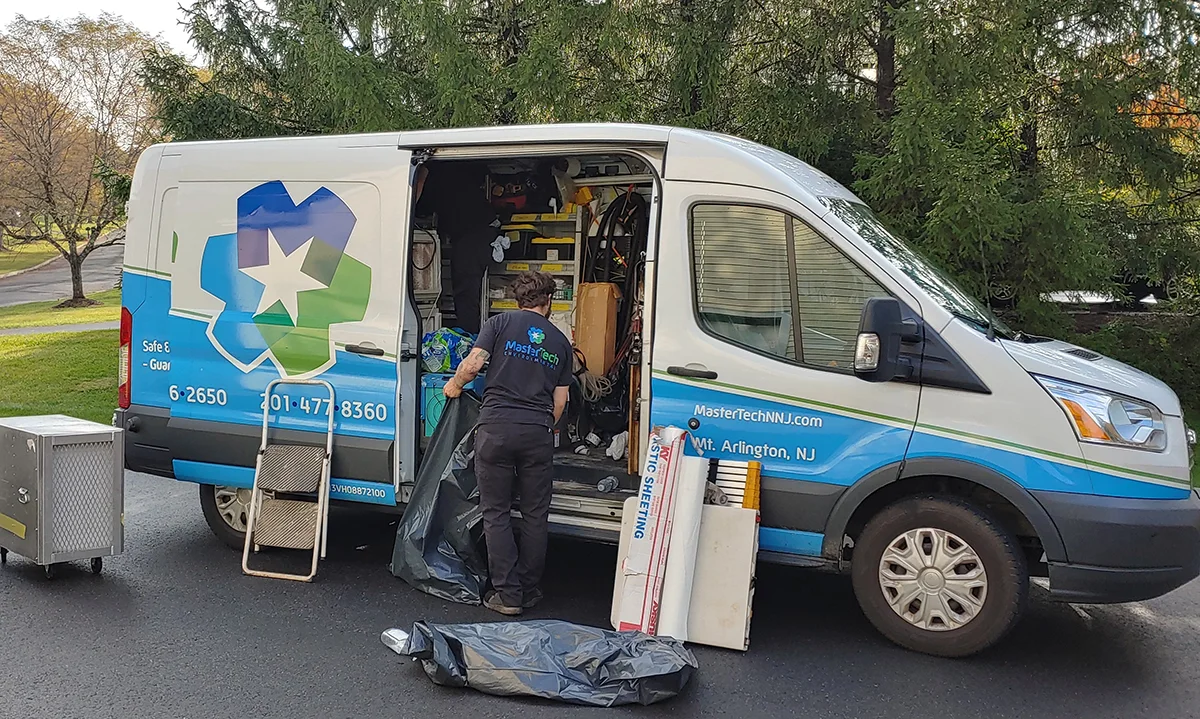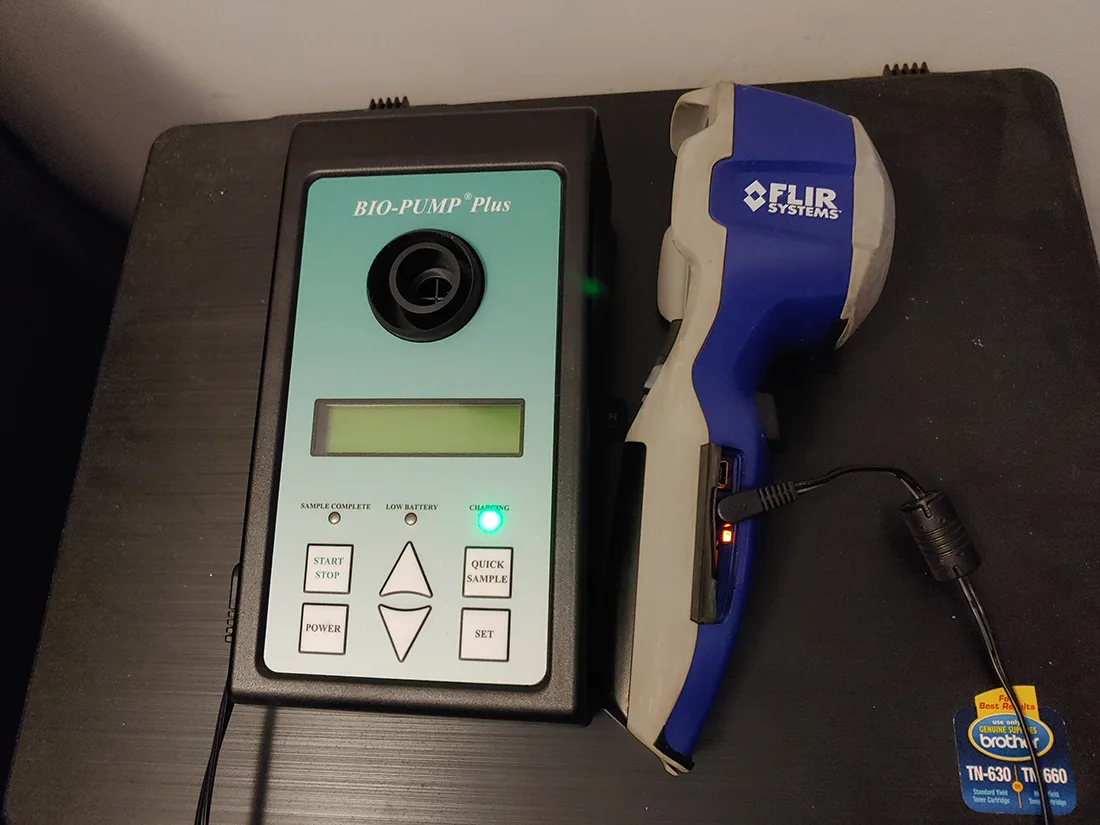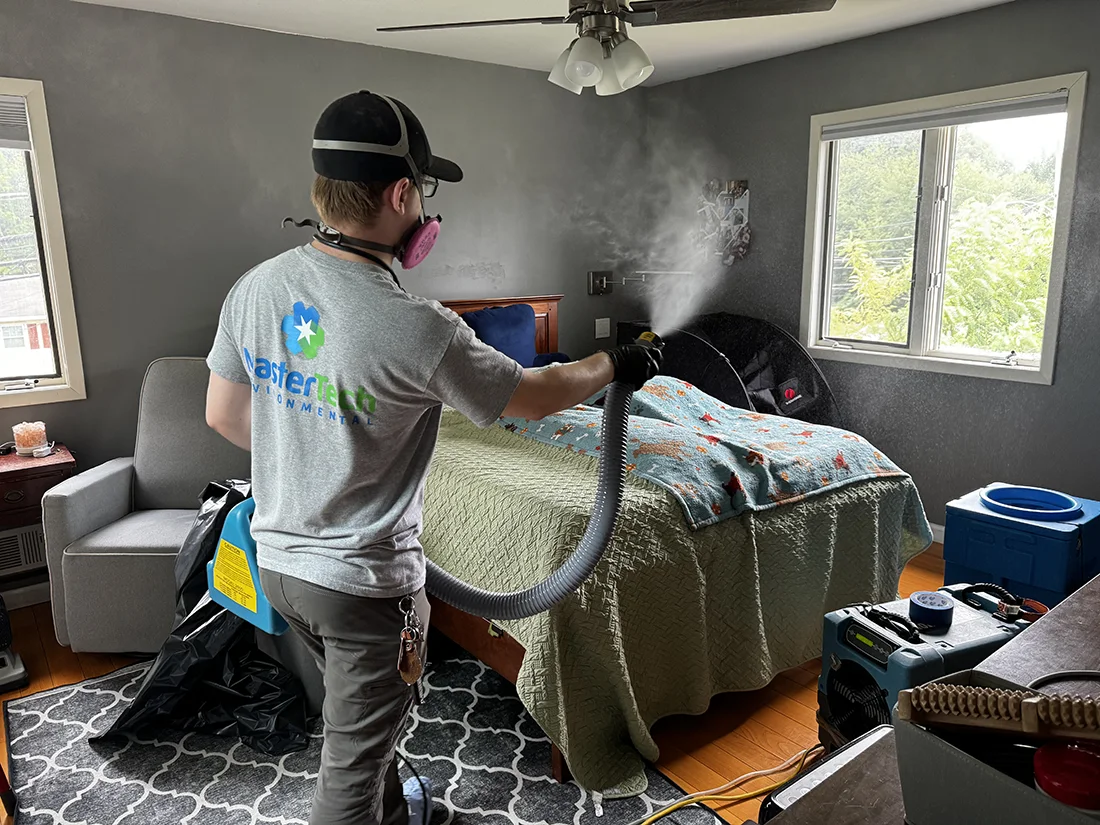Some problems inside a house announce themselves with puddles, stains, or loud drips; others sneak in on the evening breeze. Mission Viejo’s overnight marine layers routinely push indoor humidity above safe limits even when everything looks clean and dry.
Once relative humidity (RH) hovers past roughly 72 percent for more than a few hours, mold spores begin colonizing fabrics, drywall, and framing. Understanding — and controlling — that moisture threshold is the only reliable way to prevent hidden infestations and the health complaints that follow.
Humidity by the Numbers — Why the Threshold Matters
Before we address a moisture problem, we must quantify it. Hard data removes the guesswork and shows just how fast mold can escalate when relative humidity (RH) climbs. Studies from the EPA, British Public Record Office, and U.S. National Bureau of Standards all converge on a narrow danger band (about 75–81 percent RH) where spore germination moves from “unlikely” to “almost guaranteed.” The table below distills those findings into practical benchmarks for Mission Viejo households.
| Critical Figure | Source & Context | Take-away for Homeowners |
| 72.8% RH | Groom & Panisset mildew tests on leather & paper | Many closets hit this level nightly. |
| 81% RH | Penicillium germination on sterilized glass | Even “clean” surfaces grow mold if air is wet enough. |
| 12 ± 2% moisture by weight | University of Florida material study | Interior lumber or wool above this level supports mold. |
| 65% RH or lower | EPA “safe-storage” guideline | Aim for this ceiling to stay well below risk. |
Why Mission Viejo Homes Tip into the Danger Zone
Mission Viejo isn’t Florida, yet indoor RH spikes all summer and fall. Three local factors combine to raise moisture faster than most HVAC systems can remove it. Recognizing each driver helps homeowners address the root causes instead of merely chasing surface symptoms.
- Marine Layer Drift – Cool, damp coastal air slides inland overnight, boosting attic and slab moisture by dawn.
- Tight-Envelope Construction – Energy-efficient windows and doors trap daily vapor from cooking, showers, and pets.
- Rapid Temperature Swings – Warm days and cool nights force porous materials to absorb vapor, then trap it within the walls.
Early Warning Signs Your Humidity Is Feeding Mold
Mold rarely erupts overnight; it telegraphs subtle warnings weeks in advance. Catching these signals early means simpler fixes and lower costs. Each indicator below links directly to sustained high RH rather than a one-off leak. If two or more appear, arrange a professional mold inspection Mission Viejo before colonies become entrenched.
- RH sensors reading > 60% at sunrise, two or more days a week.
- Condensation on window frames or toilet tanks.
- The musty odor is strongest when doors and windows are closed.
- Allergy or asthma flare-ups that ease when occupants spend a weekend away.

How Excess Moisture Damages Materials and Health
Humidity does more than disrupt comfort; it is fuel for biological and structural decay. Once building materials exceed their safe moisture content, dormant spores become active, and organic fibers begin to break down. The outcome ranges from cosmetic staining to costly framing repairs and chronic respiratory illness. Understanding the mechanisms below clarifies why rapid response is critical.
- Material Saturation – Leather, wool, and unfinished pine surpass 12% internal moisture within 48 hours at 85% RH.
- Hidden Reservoirs – Wall voids and carpet pads trap damp air long after living space readings return to normal.
- Bioaerosol Release – Active colonies discharge spores and VOCs, aggravating allergies, sinus issues, and fatigue.
When to Call MasterTech Environmental for Professional Help
Some moisture scenarios outpace DIY controls or hint at hidden colonies that demand specialized tools. The checkpoints below signal it’s time for a certified mold remediation Mission Viejo team. Acting promptly limits demolition, keeps costs down, and protects long-term health.
- RH remains > 65 % even with dehumidifiers running.
- Visible mold larger than a dinner plate or recurring after bleach cleaning.
- Musty odor plus respiratory complaints in more than one family member.
- Prior roof, plumbing, or slab leak that was “air-dried” without professional meters.
Our Humidity-Focused Remediation Protocol
MasterTech Environmental’s approach is built around moisture science first and removal second. Eliminating mold without correcting humidity only invites a comeback. Our technicians, therefore, combine advanced diagnostics with targeted structural drying and verified clearance testing to ensure optimal results. The streamlined five-step protocol below restores safety and maintains it.
- Diagnostic Moisture Mapping – Infrared and pin meters locate damp zones conventional inspectors miss.
- Containment & Negative Pressure – Sealed barriers prevent spore drift into clean rooms.
- Controlled Dry-Down – Commercial dehumidifiers pull materials below 12% moisture before repairs begin.
- Source Correction – Plumbing fixes, attic ventilation upgrades, or exterior sealing stop the RH rebound cycle.
- Clearance Verification – Post-remediation air and surface samples confirm safe spore counts and stable humidity.
Master Your Moisture, Protect Your Home
High indoor humidity is the single most overlooked trigger of mold problems in Mission Viejo. Keep RH at or below 60 percent, monitor the warning signs, and act fast when readings creep higher. For persistent moisture, unexplained odors, or suspected hidden growth, schedule a precision mold inspection Mission Viejo with MasterTech Environmental. Our humidity-driven diagnostics and proven mold remediation Mission Viejo process stop mold at the source and keep your home—and family—truly healthy.


